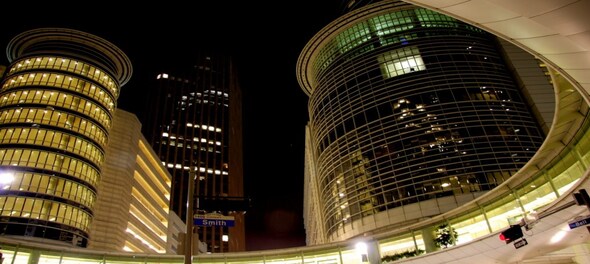
Rarely has so much heat been generated in Indian business to so little effect than what emerged from the infamous Dabhol power project in the 1990s. Its genesis lay in the reforms of 1991 which sought to open up the economy to private investment.
Recognising that India’s chronic shortage of power would be the biggest impediment to its economic growth, the Narasimha Rao government rolled out the red carpet for multinationals with deep enough pockets and experience of building power plants.
Among the first companies to heed the call was US MNC Enron which announced it would set up a $3 billion power project in the Ratnagiri district of Maharashtra at a place called Dabhol. As the largest foreign investment in the country at the time, it was given top priority in terms of clearances particularly since it had the blessings of Maharashtra strongman Sharad Pawar. Planned as a joint venture between the Maharashtra Power Development Corporation, Enron, General Electric and Bechtel, Dabhol Power Corporation (DPC) aimed to set up a 740 MW naphtha-based plant in the first phase and another 1700 MW gas-based plant in the second.
Despite powerful backers, the project met with stiff resistance fuelled by the fact that the all-important power purchase agreement between Enron and the Maharashtra State Electricity Board (MSEB) was kept under the wraps. The Shiv Sena, then in the opposition, deemed the project fraud and its leader Balasaheb Thackeray promised he would throw the Enron project into the Arabian Sea if he came to power.
Four years later his party did form the government in the state but in power, it changed its stance and after high-profile meetings between Enron’s top bosses including Rebecca Mark, the high-profile head of Enron International, and local leaders, all seemed set for the project to finally take off.
Except that, it wasn’t and soon reports emerged of how the Maharashtra state electricity utility was paying Rs 7.80 per unit to buy power from the Enron project while charging retail consumers Rs 1.89 per unit. By contrast, the cost of power purchased from other producers like the National Thermal Power Corporation (NTPC) and the Bombay Suburban Electric Supply (BSES) varied between Rs.0.80 to Rs.3 per unit. Effectively, by buying from Enron, MSEB was incurring huge losses every year.
Amidst the controversy in India, a far bigger unraveling was happening in the US with Enron being outed for a huge accounting and corporate fraud which cost its shareholders billions and led to its swift bankruptcy in December 2001.
With that the Dabhol project was effectively dead though in 2006 state-owned NTPC and Gas Authority of India (GAIL) were brought in to do some kind of a rescue. A revamped project now renamed Ratnagiri Gas and Power Pvt Ltd (RGPPL) went on stream as a gas-based power plant but even that lurched from one hurdle to another.
The project became a case study in how corrupt politicians, foreign diplomats and pliant bureaucrats conspire with large MNCs to turn a project unviable.
—Sundeep Khanna is a former editor and the co-author of the recently released Azim Premji: The Man Beyond the Billions. Views are personal
(Edited by : Ajay Vaishnav)
Check out our in-depth Market Coverage, Business News & get real-time Stock Market Updates on CNBC-TV18. Also, Watch our channels CNBC-TV18, CNBC Awaaz and CNBC Bajar Live on-the-go!


'Borrowed' leaders: Congress hits out at AAP for not fielding their own candidates in Punjab
Apr 28, 2024 9:53 PM
EC asks AAP to modify election campaign song and Kejriwal's party is miffed
Apr 28, 2024 9:25 PM

